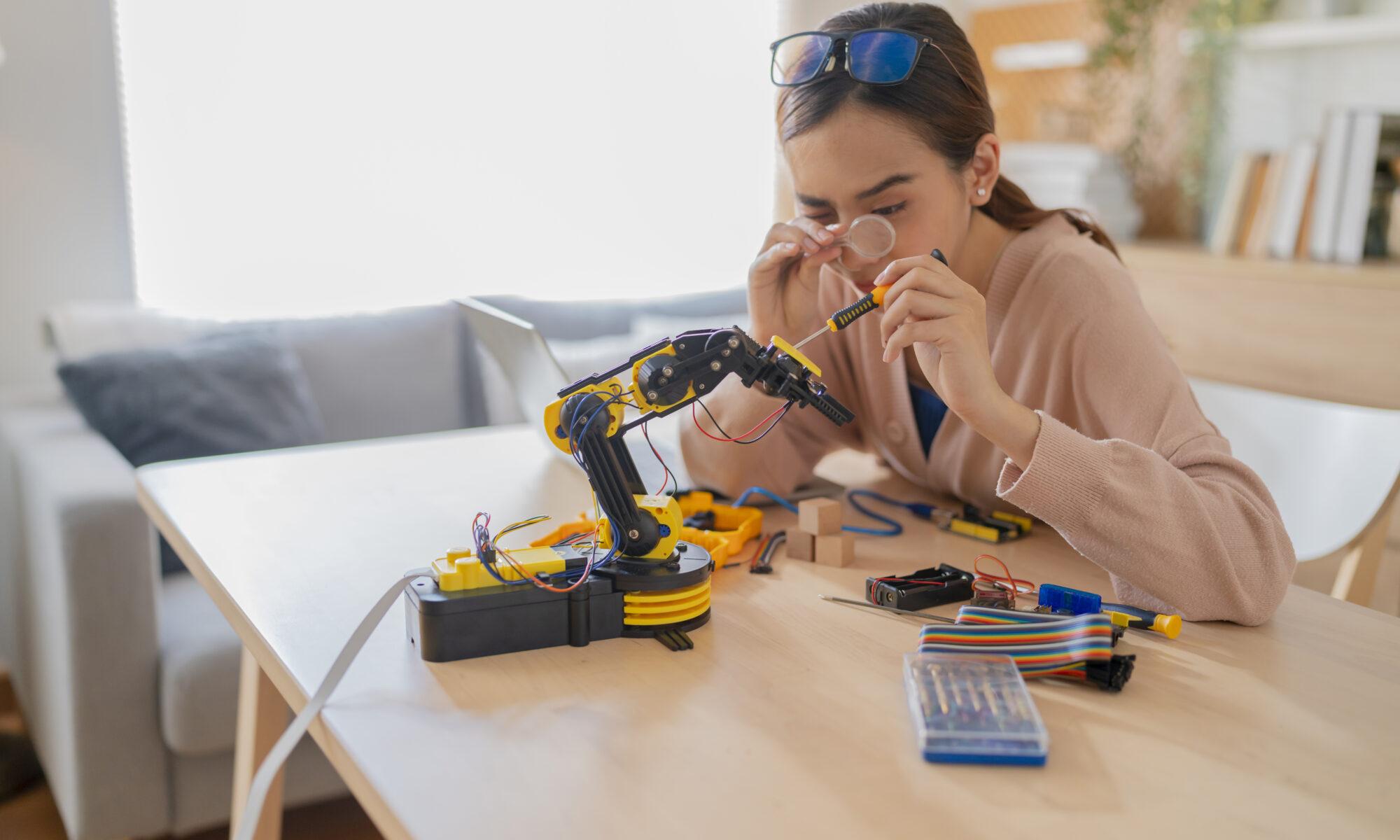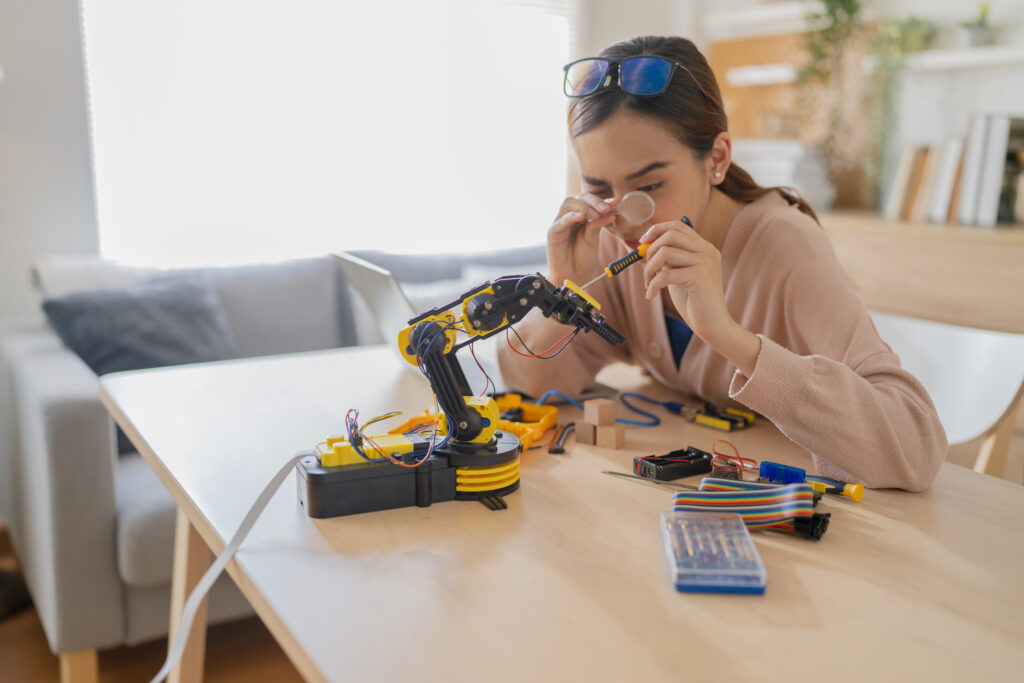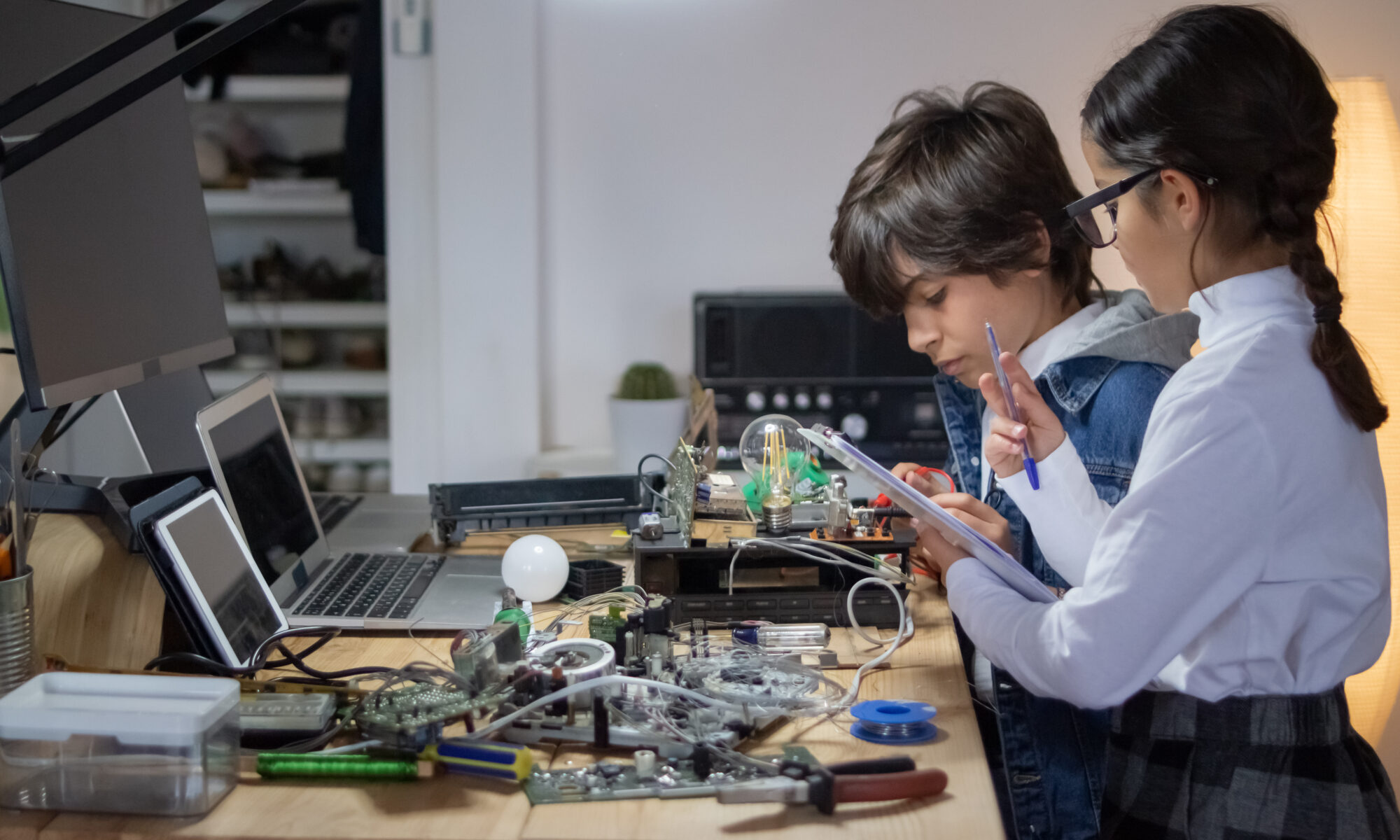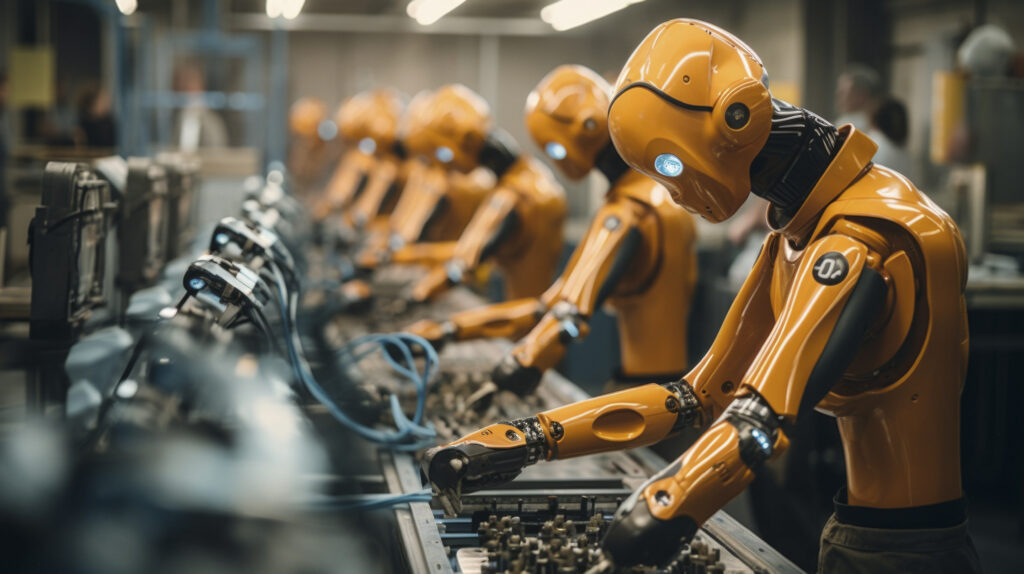Why Kids Should Learn Robotics: Exploring the Benefits of Early Education in Robotics

In the modern era, virtual classrooms have emerged as a potent educational tool, providing various advantages that aid students in their academic journey. From offering flexibility and accessibility to delivering personalized instruction and access to extensive resources, online courses create a dynamic learning environment tailored to diverse student needs. Here’s how virtual classes can significantly support students:
Flexible Learning Environment:
Among the key benefits of online classes is the flexibility they afford. By enabling access to course materials and lectures from any location with an internet connection, students gain the liberty to learn at their own pace and convenience. This flexibility is particularly beneficial for individuals balancing academic commitments with other responsibilities, allowing them to tailor their learning experience according to their unique circumstances.
Enhanced Accessibility:
Online classes break down geographical barriers and make education more accessible to a broader audience. Students residing in remote areas or facing physical constraints can now access quality education without the need for travel or relocation. Moreover, online courses eliminate geographical limitations, enabling students to enroll in programs offered by institutions worldwide, broadening their academic horizons and exposure to diverse perspectives.
Tailored Instruction:
Virtual classrooms often offer opportunities for personalized instruction and customized learning experiences. Through features like discussion forums, virtual office hours, and one-on-one video conferencing with instructors, students can receive individualized support and feedback, fostering deeper engagement and comprehension of course materials. Additionally, adaptive learning technologies on online platforms adjust content and pacing based on individual student progress, ensuring that each student receives the assistance necessary for success.
Abundant Resources:
Online classes provide a plethora of resources beyond traditional classroom settings. From multimedia lectures to interactive simulations and digital libraries, students have access to a wide range of educational materials that enrich their learning journey. Furthermore, online platforms facilitate collaboration and knowledge-sharing among students through group projects, peer-to-peer discussions, and virtual study sessions, creating a sense of community and collaborative learning.
Flexibility and Innovation:
Virtual learning environments encourage adaptability and innovation in teaching methods. Educators have the freedom to integrate diverse instructional techniques, multimedia resources, and interactive tools into their courses, creating engaging and dynamic learning experiences. Additionally, online classes offer opportunities for experimentation with new teaching approaches, driving continuous improvement and evolution in educational practices.







